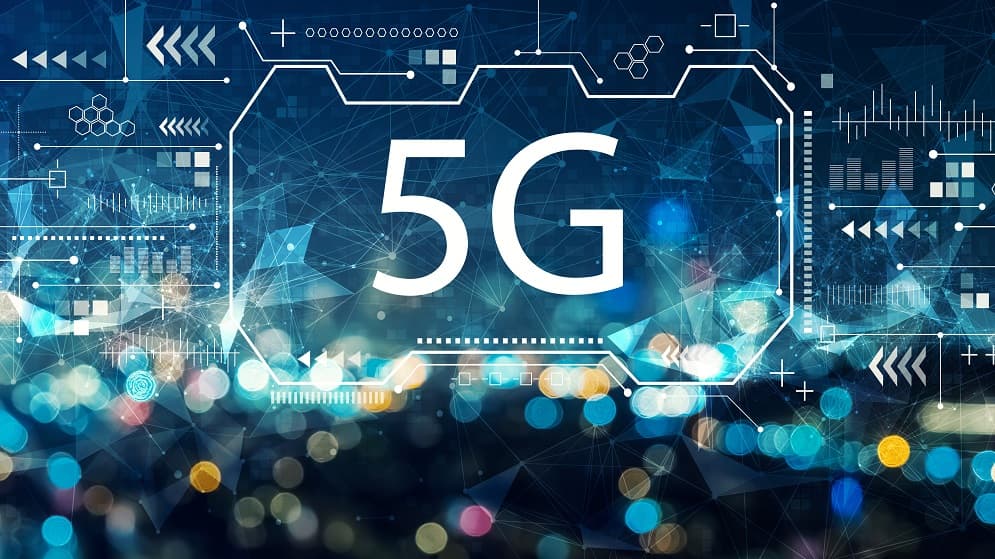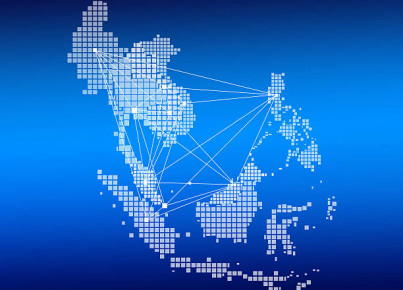By Michelle Cabula
ASEAN hosts a series of pioneering projects that have earned it the reputation of a “laboratorio globale dell’innovazione digitale”. Here national ambitions are intertwined with the logic of the US-China technological competition, but governments look to costs and efficiency to choose the partners with which to design their national telecommunications systems.
In Southeast Asia, the pandemic was not enough to stop the 5G race. Indeed, the Covid-19 has made it clear that access to a fast and stable connection has become essential to carry out most of the daily activities, thus highlighting the urgency of developing infrastructure that can withstand the accelerated digitization.
In Thailand, Advanced Info Service (AIS) and True Corp., the main mobile operators in the country, collaborate with health facilities ensuring their access to 5G coverage, indispensable for benefitting to the maximum of some innovative solutions of robotics and telemedicine. At Chulabhorn Hospital, which is set to become the first hospital in the country to provide a comprehensive medical care service that integrates 5G technologies in all its dimensions, robots support the medical staff and the results of a CT scans of lungs are delivered within half a minute. In line with the goal of reaching a total 5G coverage by 2025, Singapore is activating to support research on artificial intelligence and cybersecurity with a $50 million investment plan, as announced by Deputy Prime Minister Heng Swee Keat on 13 July. In general, the vision expressed in the ASEAN Digital Masterplan 2025 adopted earlier this year demonstrates how the completion of the transition to digital communities and economies, with an eye to the security and inclusiveness of technologies, represents an ambition shared by all governments in the area.
The ASEAN digital market, which is growing at an unparalleled rate in the world, is expected to add about a trillion dollars to regional GDP over the next ten years. A potential that does not leave China and the United States, global champions of the telecommunications sector, indifferent. Their political and commercial tensions are poured into Southeast Asia triggering a race to provide Internet connection and 5G services. In the ASEAN context, however, geopolitical pressures have produced different results than elsewhere. Generally, governments have approached the issue of supplier choice pragmatically, avoiding openly advocating for one of the two competing technological superpowers. Despite Washington’s push on its main partners in the area, no country has opted for a total renunciation of the network equipment of the two Chinese manufacturers ZTE and Huawei within their national strategies. Except for Vietnam, where anti-Chinese sentiment has prevailed and Beijing’s technologies are currently banned, at least de facto.
In general, however, Chinese providers can boast a number of collaborations in the area. In May 2019, at the same time that the United States decided to blacklist Huawei, the Chinese ZTE signed a Memorandum of Understanding with Ooredoo Myanmar to collaborate in the development of 5G. In addition, Huawei Asean Academy will help provide 30,000 Thai workers with training aimed at developing functional digital skills to support the Eastern Economic Corridor infrastructure project. Huawei Technologies is also among the partners involved in the design of a 5G Cybersecurity Test Lab in Malaysia, as well as in the development of Forest City, the first smart city built on four artificial islands within the Malaysia Iskandar Special Economic Zone, located along with one of the Belt and Road Initiative routes.
However, the Malaysian government itself decided to diversify its 5G network. On 1 July, it was announced that the Swedish Ericsson (among the eight suppliers, including the Chinese Huawei, who had participated in the tender) has been chosen as the recipient of the $2,6 billion contracts designed to secure a fifth-generation connection to 80% of the population by 2024. The range of 5G licenses in the different countries remains quite varied. In Singapore, the construction of the 5G network was entrusted to a composite partnership between Singtel, the joint venture Starhub-M1 and Ericsson and Nokia. Even in this case, rather than the desire to join the anti-Chinese campaign promoted by Washington, the decision seems to be dictated by practical considerations, such as the compatibility between the 4G hardware used previously and those of the new generation. The case of the Philippines is particular: the main telecommunications service provider (DITO) is in fact a consortium that includes Udenna Corporation alongside China Telecom; nevertheless, it benefits from some Nokia NetAct solutions provided by the Finnish company for the management of daily network operations, including monitoring and software management.
While the choices of governments are limited by the absence of competitive alternatives to the Chinese offer and the need to simultaneously maintain good relations with both technological superpowers, on the other hand, ASEAN countries prove to be key players in the search for a balance between the US and Chinese influence. In a context where technological ambitions are realized through pragmatic cooperation that transcends the geopolitical camps, it is tried to curb the logic of commercial escalation carried out by Beijing and Washington.






